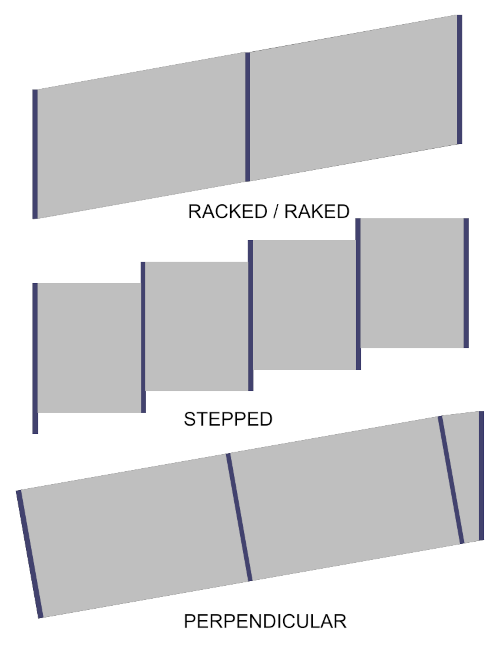Panel fences are gaining popularity in Canada. Whether it's a palisade fence, ornamental fencing or one of the many welded mesh panel fences out there, we're seeing a lot more people choose this type of fence.
There are a few great reasons for that. Panel fences look great, and many offer enhanced security. But they are a little trickier to install, which means they're definitely best left for the professionals. In this article, we look at three of the ways we can install panel fences on slopes, and the pros and cons of each.
Racked or Raked Fences
The first option we have to install panel fences on slopes is what is known as racked or raked fences. This is where the fence panels are able to angle to accomodate the slope, and they follow the gradient of the slope.
This is a great way to install a panel fence on slopes, but it does require you to choose a rackable fence system, which many are not. They are also often limited to installation up to a specific angle, and it can be tricky to calculate how many panels and posts you will need off a plan, since plans don't take the angle into account.
Stepped Fences
Another good way to install a panel fence on a gradient is to step the fence, and this is very common with welded mesh fence systems that need to be installed on slopes.
Usually, the posts will be slightly longer when a fence is installed this way, and often, depending on the angle or gradient involved, posts may be spaced closer together. This does increase the cost of the fence, since more posts are required, and panels need to be cut, which also adds to labour costs.
Stepped fences may also have larger spaces under them, which may require additional security measures at the bottom of the fence.
Perpendicular Fences
The final option for installing panel fences on a slope is the least common one, but not impossible.
In this case, fence posts are installed to be perpendicular with the gradient, creating a 90 degree angle with the ground, which allows the panels to be installed to follow the ground closely, and minimises cutting and additional security requirements. A cutting panel or infill is usually needed at the end of the slopes to close the gap with the closest ordinary post.
This type of installation is quite complex, and it does require a lot of skill. It can create a more secure fence than a typical stepped panel fence, and allows for less cut panels, but it's definitely something you should not be trying as a DIY option. You should also speak to your contractor before they install your fence to find out if this is possible.
Panel fences are a great choice if you need a combination of asthetic appeal and security, but there are many different types on the market, and they're not all suitable for every job. If you're hoping to install a panel fence on your site, we recommend you contact us to discuss your needs, and the unique features of the site.


